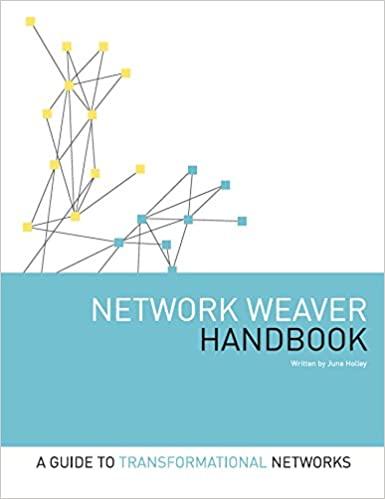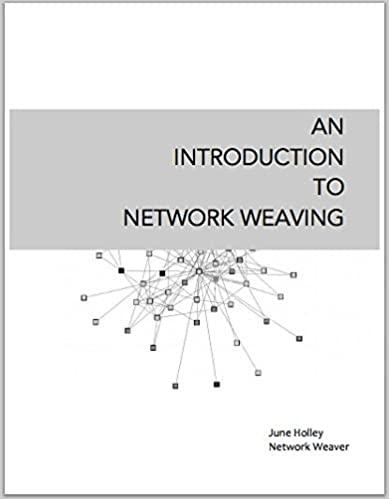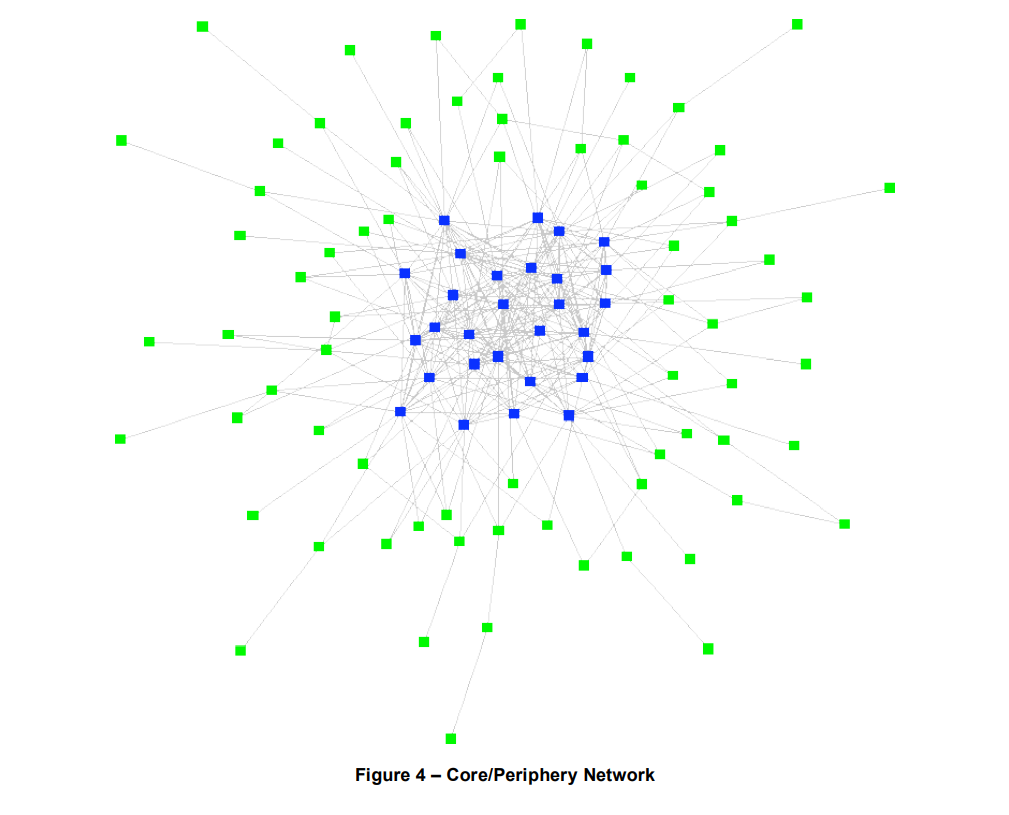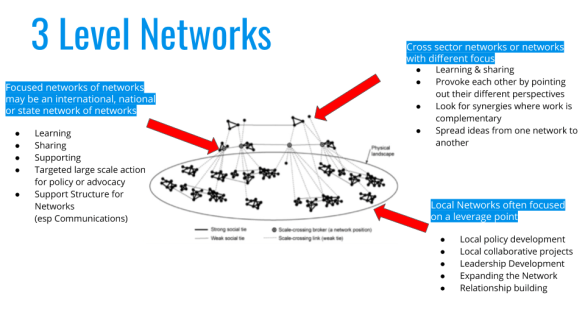Lucidea’s Lens: Knowledge Management Thought Leaders Part 31 — June Holley

Stan Garfield
In 1981 June discovered complexity science and became intrigued with the process of transformation. How could communities change in ways that would make them good places for everyone? For the next two decades, she worked with others in Appalachian Ohio to catalyze cascades of network experimentation, observing and documenting the dynamics that enabled many hundreds of people to start and then expand businesses in rural Appalachia. With these newly minted entrepreneurs, she mobilized dozens of area organizations to collaborate, self-organize and create an environment that would help these businesses innovate, expand, and work together to create an effective support system for networked entrepreneurs.
After twenty years as executive director of the Appalachian Center for Economic Networks (ACEnet), she stepped down to devote her energies to helping communities around the globe form system shifting, self-organizing networks by training and supporting network weavers and helping new networks form.
I met June at the Ohio KM Cluster in Cleveland in 2006. She is based in Athens, Ohio.
Education
- Ohio University – MA, sociology, 1981 – 1982
- Temple University – MEd, social science education, 1969 – 1970
Profiles
Books
Network Weaver Handbook: A Guide to Transformational Networks

An Introduction to Network Weaving

Podcasts
- Creating a Personal Network for Transformation
- Building meaningful, lasting and impactful connections through purpose-led network weaving
- Everyone a network weaver
Videos
- YouTube
- Collaborative Funding for a Just Transition
- Introduction to Network Weaving
Presentations
Articles by Others
- Collective Change and the Culture of the 21st Century by Christine Capra
- What are you learning about Network Leadership? by Deborah Meehan
- What is Network Weaving? – Q & A by Natalie Williams
Other Content
- Network Weaving Institute Writing
- Network Weaver Mailings
- Resources – NetworkWeaver
- Scoop.it
- Medium
- Network Weaving Institute Blog
- LinkedIn Posts
- ResearchGate
- Network Weaving Facebook Group
- Weavr App: Build more impactful networks and communities
Building Smart Communities through Network Weaving with Valdis Krebs

Figure 4 shows a well-developed core/periphery structure. The blue nodes are the core, while the green nodes reside in the periphery. This network core is very dense – not all cores will have as high a concentration of connections as this one. Too much density can lead to rigidity and overload of activity. Monitoring your network using social network analysis can help you see where your network needs to shift connections to match the current environment.
At this point the network weavers’ initial task are mostly completed. Now, attention turns toward network maintenance and building bridges to other networks. The network weavers can begin to form inter-regional alliances to create new products, services, and markets—or to shape and influence policy that will strengthen the community or region. This happens by connecting network cores to each other utilizing their peripheries. The network weavers maximize the reach of the periphery into new areas, while keeping the core strong. The weavers now focus on multi-core projects of large substance that will have major impact on the community.
The Transformative Power of Networks of Networks
Three Level Networks for Transformation: Networks need to be part of three types of networks.
- Local Networks are networks formed in a particular locale, usually a city, town or in rural areas or a multi-county region.
- Focused Networks are networks, often national (though they may be state, multi-state or international), that focus on a particular issue, problem or alternative.
- Networks with Other Networks: Networks can really benefit when they network with other networks. These types of networks help networks be transformative either through their differences or through their power of aggregation. However, this type of network is most likely to be neglected. These networks can be one of three different kinds:
- a. networks of networks with a similar focus formed to create the numbers needed for effective large actions
- b. cross sector networks
- c. networks that are quite different in purpose but can be constructively provocative for each other and stretch everyone’s world views


Stan Garfield
Please enjoy Stan’s blog posts offering advice and insights drawn from many years as a KM practitioner. You may also want to download a free copy of his book, Lucidea’s Lens: Special Librarians & Information Specialists; The Five Cs of KM from Lucidea Press, and its precursor, Proven Practices for Implementing a Knowledge Management Program. And learn about Lucidea’s Presto, SydneyEnterprise, and GeniePlus software with unrivaled KM capabilities that enable successful knowledge curation and sharing.
Never miss another post. Subscribe today!
Similar Posts
Lucidea’s Lens: Knowledge Management Thought Leaders Part 106 – Hubert Saint-Onge
As the creator of the Knowledge Assets Framework Hubert has shaped how businesses integrate strategy leadership and knowledge sharing to drive performance.
Lucidea’s Lens: Knowledge Management Thought Leaders
Part 105 – James Robertson
James Robertson is a pioneer in intranet strategy and digital workplace design helping organizations create seamless employee experiences. As the Founder of Step Two and a respected industry voice he has shaped best practices in content management portals and digital experience design.
Lucidea’s Lens: Knowledge Management Thought Leaders
Part 104 – Vincent Ribière
Vincent Ribière advances knowledge and innovation management through AI creativity and KM. Explore his work in academia research and industry leadership.
Lucidea’s Lens: Knowledge Management Thought Leaders Part 103 – Tony Rhem
In this edition of Lucidea’s Lens: Knowledge Management Thought Leaders we highlight Dr. Tony Rhem a leading expert in AI big data information architecture and innovation. As CEO of AJ Rhem & Associates Tony has shaped the fields of knowledge management governance and emerging technologies.





Leave a Comment
Comments are reviewed and must adhere to our comments policy.
0 Comments